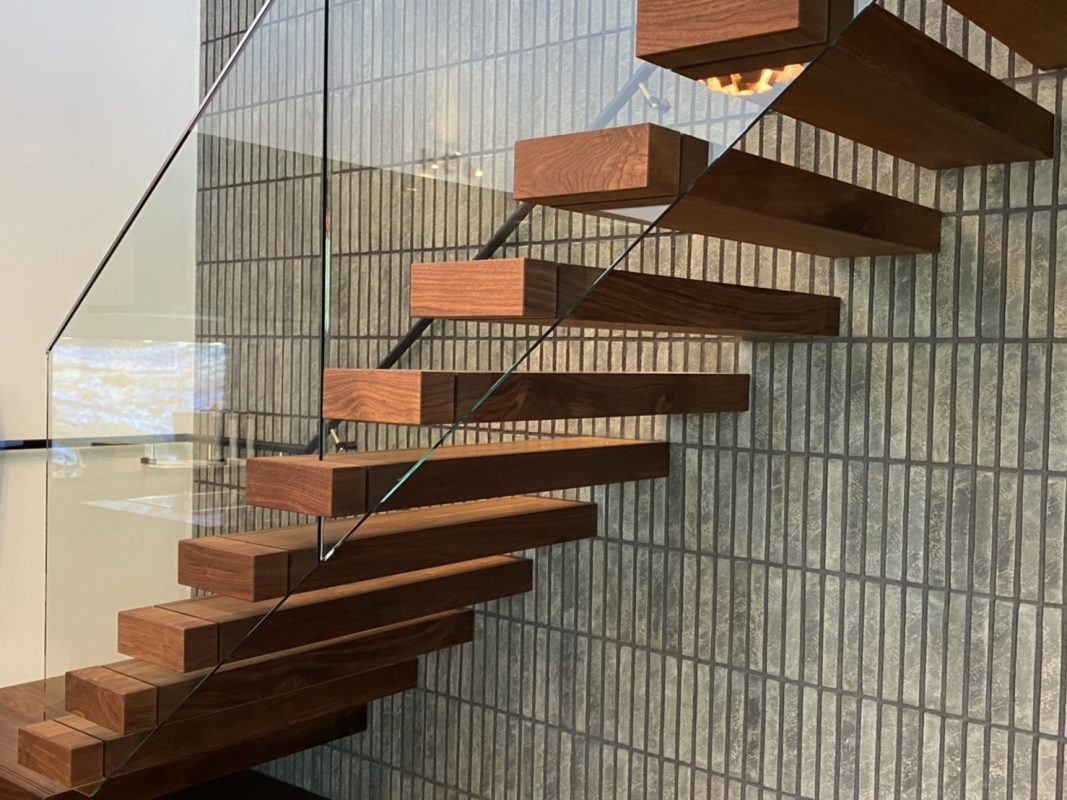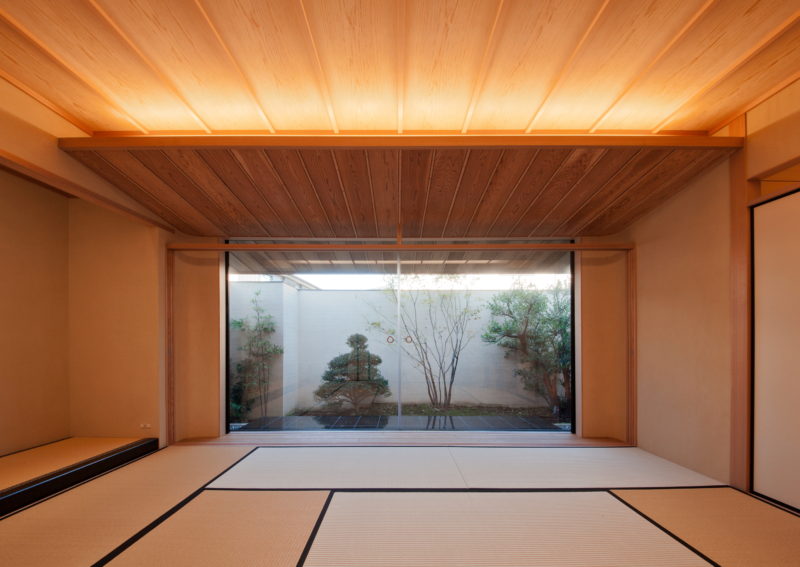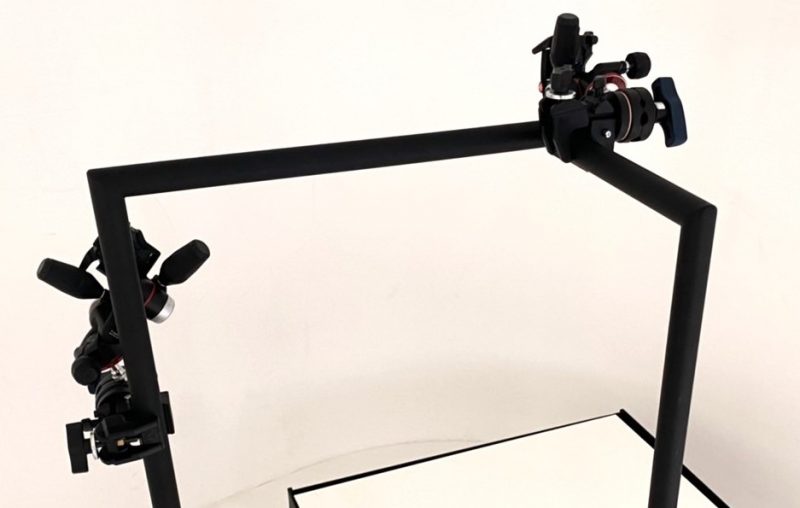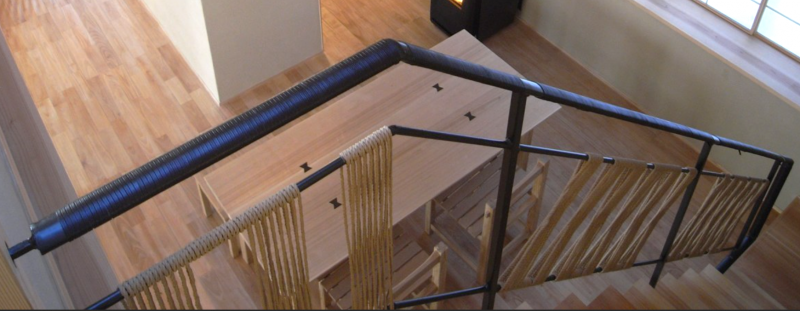Tokyo
Case Studies

What is a box staircase?
Have you heard of box staircases? I have the impression that they have become much more common in the last few years. There are a myriad of construction methods for staircases, but they generally seem to be broadly classified as follows: strong metal is used to underpin the step section as the structure, and there are several methods in the handrail section. The tessellated sections in particular have a significant impact on the design. Among the thousand different methodologies, such as the use of glass surfaces, metal or timber railings, it is common, especially when glass surfaces are used, to install and fix the tier plate between the glass. A box-type step board refers to a type where this step board part is not just a board but a box. Therefore, the part of the corrugated board that protrudes slightly from the glass surface is also box-shaped, giving it a unique impression.
Supported by invisible metal
When it comes to the box shape, the box section has a greater presence. If this is made of wood, the wooden boxes can literally be arranged in a neat row to create the impression of volume. Conversely, the structural part can be hidden, which emphasises the texture of the box part while still having an impact. Conversely, this means that if the invisible parts are not built up properly, it will be difficult to make adjustments later on. To begin with, there is no difference in the structural strength between boxed and normal step boards. The staircase is built up while the staircase is assembled from sturdy and strong steel. The difference with normal step boards is in the construction process. In the case of box staircases, more structural material is concealed, making it more difficult to deal with issues that are found during final inspection after installation. It is therefore important to work more carefully with box staircases.
Natural wood design with beauty and texture of treads and kicking boards
Nevertheless, the beauty of the grain and design of the timber box-shaped step boards, the textured treads and the kicking-in are still exceptional. Compared to normal step boards alone, the assembly process is more difficult and takes more time to install, but the uniqueness of the staircase stands out. Depending on the materials used, a greater variety of different looks can be achieved. The box-shaped step board has great potential. We believe that it will continue to evolve in many ways. For example, unique combinations will be possible with stone and metal materials. While continuing to build on our tradition of safety and reliability, we will also continue to increase our sensitivity to new materials and design functions that offer new expressions and meanings.




